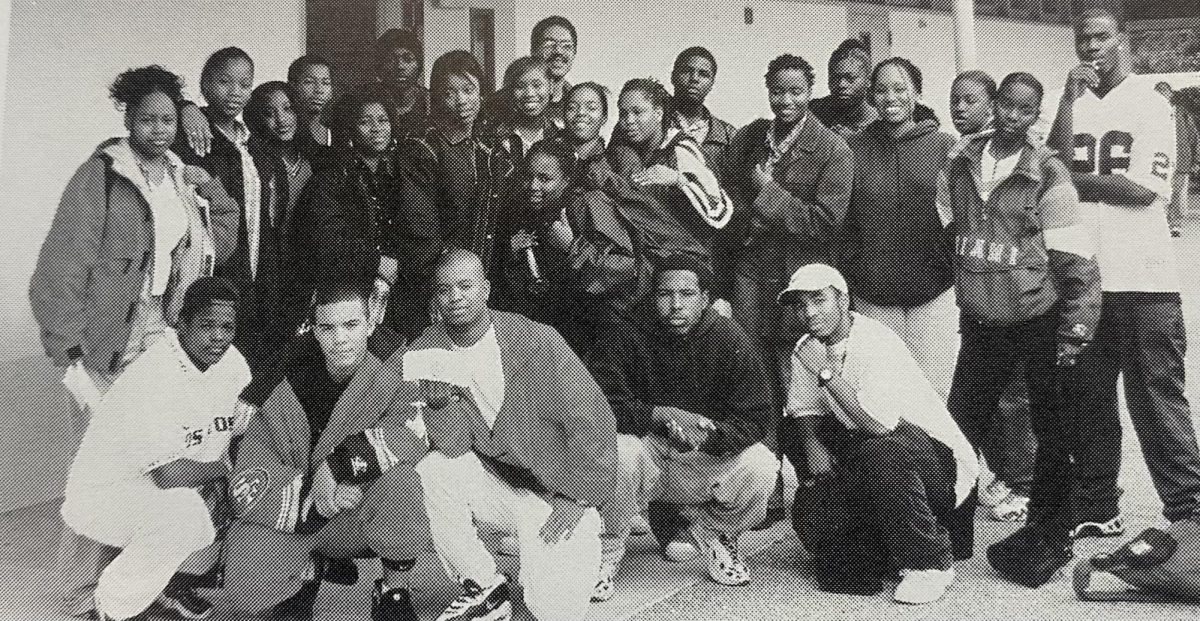Nine years ago, Lawrence Summers, then president of Harvard University, asserted that only a few women held top science positions at universities because of “innate” differences. These comments led to an immense backlash, with many people interpreting his comments as suggesting that women are biologically unsuitable for jobs in science and mathematics.
Even in the open-minded climate of the Silicon Valley, misconceptions about the biological aspect of the gender gap in STEM remain.
“There’s no research that says that it’s biology,” Los Altos High School psychologist Chad Ablang said. “[And] there’s no research that says that males perform higher than females in math or in math professions.”
Despite this, it was only recently that researchers began to shed the idea of these innate biological differences and seriously study the cultural causes of this gender divide. One such study was conducted at the University of Michigan in 1999, by a group
of students attempting to study the impact of preconceived ideas about gender-specific achievement in math.
The students were divided into two groups and given a mathematics exam. The first group was told that men perform better in math, while the second group was not. The results of the exam performances showed a discrepancy in scores between the genders, with men scoring nearly twenty points higher than women in the first group.
Margaret Rossiter, a historian and women’s scientist, is famous for her theory known as the “Matilda effect,” which she defined as a phenomenon that discourages women from participating in scientific research by systematically undermining their
achievements. Rossiter discovered this trend by studying the lives and careers of prominent female mathematicians and scientists in history. In studying the “Matilda effect” she also put forth the idea of “territorial segregation,” in which women cluster in fields of humanities because there is a lack of support for them in the STEM field.
However, at Los Altos this issue is double-sided: class enrollment trends show that while fewer girls pursue advanced math and science, fewer boys pursue humanities.
38 percent of AP English Language and Composition students are male, and males make up less than one third of AP Literature students. English teacher April Oliver says she does not even know what it’s like to teach in a class that has equal gender proportions, because her English classes have always been uneven.
“There are always fewer boys,” Oliver said. “But I don’t notice it because the boys tend to be more vocal in class.”
There is undoubtedly an imbalance in humanities participation among boys, but it has not been researched to the extent that the STEM gap has. As more research is conducted, it is becoming even clearer that historic notions about women’s lack of abilities to participate in mathematical and scientific fields are not only unfounded, but systematically harmful. Research is only a start to remedying a deeply ingrained cultural mindset, but it is the first step towards closing the gap.
“As time goes on, you have more and more talented females going into the workforce, and academia, and research,” math teacher Michael Richardson said. “The only conclusion is that it was just silliness, [men] assuming that [women] couldn’t do it when they could.”













